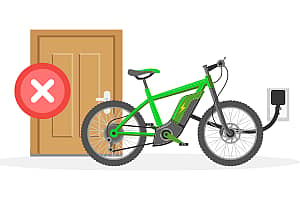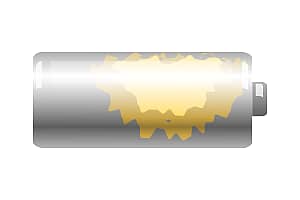Perhaps one of the most challenging traditions of the holiday season is making a shopping list and checking it twice. To help alleviate gift-giving stress, ESFI suggests that you consider gifting home safety devices to your loved ones this year. These unique gift ideas go beyond the traditional, providing the added gift of safety.
Make sure your loved ones are protected with the latest smoke and carbon monoxide alarm technology. These easy-to-install devices save lives by providing early warning of fire or the presence of carbon monoxide, the “silent killer.”
Smoke Alarms
Smoke alarms save lives by providing early warning of fire, yet roughly two-thirds of home fire deaths occur in homes without working smoke alarms, according to the National Fire Protection Association.
Smoke alarms should be installed in every bedroom, outside each sleeping area, and on every level of the home. Newer smoke alarm technologies provide greater levels of protection than ever before. Combination alarms with ionization and photoelectric sensors respond to both flaming and smoldering fires. Interconnected alarms offer the best protection by all sounding if one sounds. Battery-operated alarms can now be connected by wireless technology.
Test smoke alarms monthly by pushing the TEST button, and change smoke alarm batteries at least once a year. If an alarm “chirps” or “beeps” to indicate low batteries, change them right away. While many homes may already be equipped with smoke alarms, some may be ready for replacement. All smoke alarms should be replaced at least every ten years.
Carbon Monoxide Alarms
Carbon Monoxide (CO) is a poisonous gas that is produced by malfunctioning fuel-burning heating or cooking appliances; engine-powered equipment such as portable generators; fireplaces; and cars left running in enclosed spaces. This odorless, colorless, tasteless gas is virtually undetectable without the use of technology like a CO alarm.
Like smoke alarms, CO alarms should be installed on every level of the home and outside each sleeping area. Test CO alarms at least once a month by pressing the TEST button. CO alarm batteries should be replaced in accordance with the manufacturer’s instructions, at least once a year. If an alarm “chirps” or “beeps” to indicate low batteries, they should be replaced immediately.







